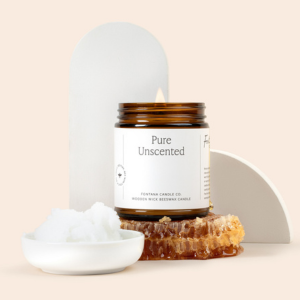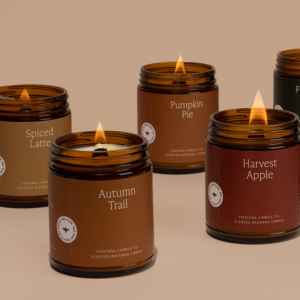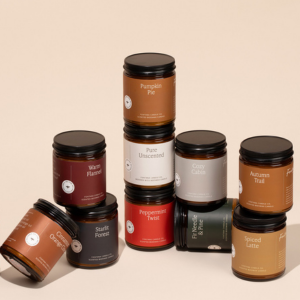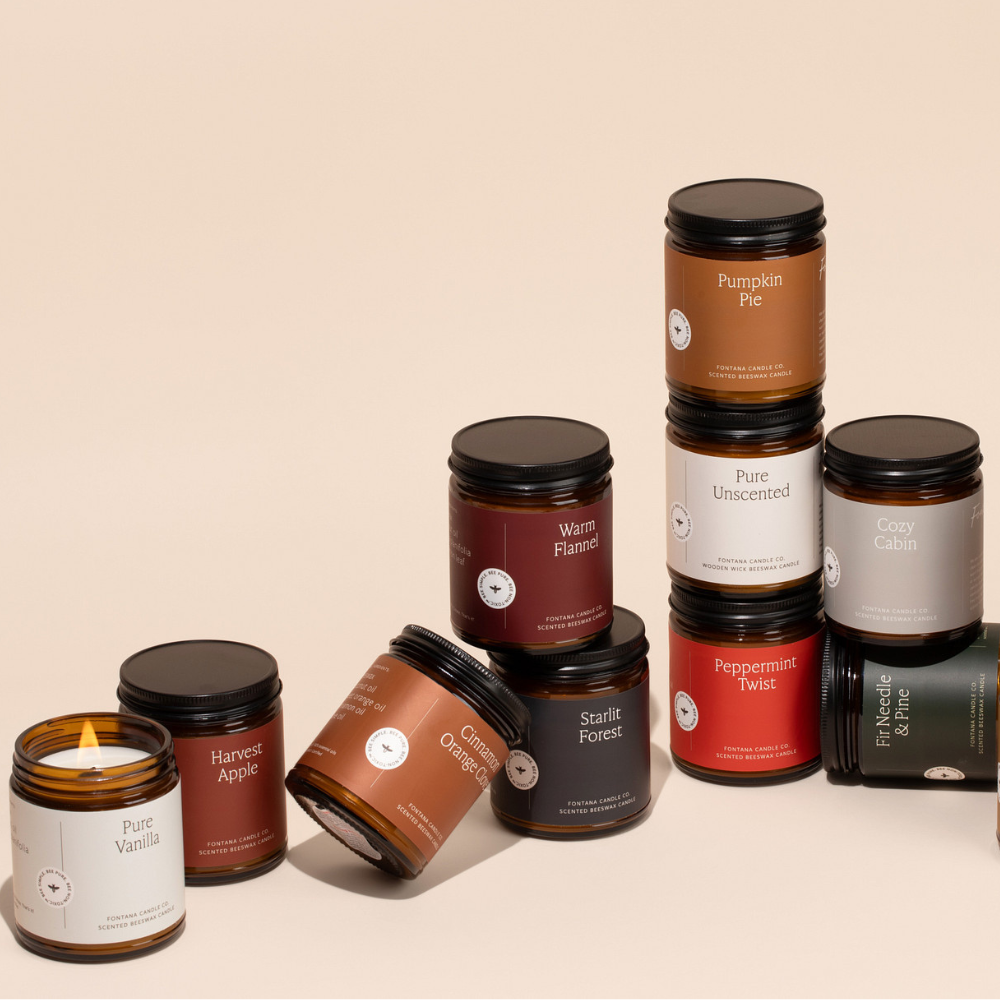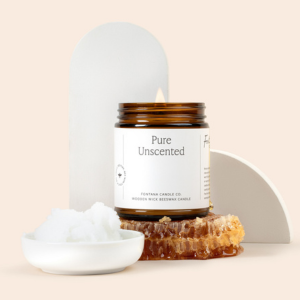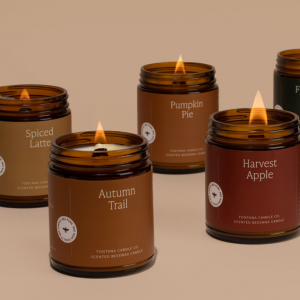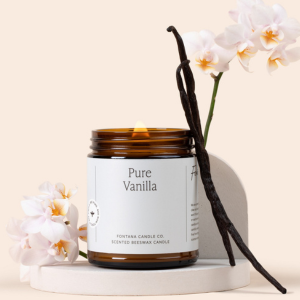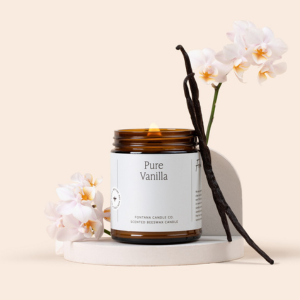Greenwashing In The Candle Industry

Across virtually every industry, many claims are made about a company or its products' commitment to environmentally sound business practices and sustainability. For some businesses, the environment and the health of their customers is the core of their beliefs. However, for many others, “going green” is less part of their company culture and more of a marketing strategy.
In the 1980s, New York environmentalist Jay Westervelt coined the term “greenwashing” to explain this marketing ploy.

What is Greenwashing?
Greenwashing is a company’s use of marketing or public relations efforts to make its products or practices appear more environmentally friendly than they truly are – a problem that has only grown since the phrase was introduced by Westervelt three decades ago.
Walk into a hotel room today and you’ll likely see a sign or card encouraging guests to “go green” by reducing how frequently the towels and linens are washed. In the 1980s, Westervelt not only noticed such a placard, he noticed the irony in the request.
The signs Westervelt found in a Fiji hotel room stated that the oceans and reefs were important resources. It explained by reusing the towels, guests could aid the hotel in its efforts to reduce ecological damage and help the environment. However, just outside the room’s window, the hotel was undergoing messy construction and expansion. There were no indications of any efforts on the part of the hotel to otherwise reduce waste or energy consumption.
Westervelt deduced that the actual objective of this “green campaign,” now commonplace among hoteliers, was to decrease expenses and increase profit. After returning home, he penned an article for a New York City-based literary magazine in which he coined the word greenwashing.
Today, greenwashing is as prevalent, if not exceedingly so, than in the ‘80s. It’s present across virtually every category of products, including candles.

Greenwashing in Candle Marketing
Today, companies across all industries are marketing their products with the “green sheen” of greenwashing, and the examples are seemingly endless.
While large energy and gasoline companies are among the worst offenders, even the candle industry is not exempt from the practice of greenwashing.
“All Natural” And Soy Candle Greenwashing
Simply typing “best natural candles” into Google reveals hundreds of options presented as natural and non-toxic. Delving a bit deeper, however, reveals that many of them don’t truly warrant that distinction.
Popular among candles that are marketed as “all natural” are soy candles. These candles are marketed as a healthier alternative to those made using paraffin wax. However, what many soy candle companies don’t tell you is that they are not 100% soy, as the processing still requires small amounts of paraffin. In other words, many soy wax candles are not truly all natural.
Instead, the companies take advantage of the limited Federal Trade Commission (FTC) guidelines and regulations for candlemakers. Manufacturers are able to market their candles as “all natural” even when they utilize soy wax derived from hexane (a chemical commonly extracted from petroleum). In doing so, the candlemakers are simply tapping into consumer trends rather than making an honest attempt to manufacture natural, healthy products. But the greenwashing doesn’t end with candle wax.
Greenwashing With Artificial Scents And Fragrances
Scents and fragrances are often marketed as “all natural” by candle manufacturers, but the ingredients are often far from natural. Because they are considered proprietary fragrances, candlemakers are not required to list the chemical additives utilized to create their candle’s scents. Even popular brand name, all natural soy candles could be emitting volatile organic compounds such as formaldehyde and petroleum distillates into the air in which the candle is burning.
In an effort to appear to utilize pure essential oils rather than these toxic synthetic fragrances, some manufacturers will even use trace amounts of essential oils to allow them to say that the candle is “made with essential oils” – even if the fragrance is really 99% synthetic.

How You Can Avoid Buying into Greenwashing
Armed with the knowledge of what greenwashing is and common greenwashing practices within the candle industry, it’s now up to you as a consumer to avoid buying into that “green sheen!”
Whether shopping for candles, food, or household items, bypass the slogans and “green” labels and carefully read the packaging. When purchasing candles, forego the “natural fragrances” and look for those made solely with essential oils.
If a candlemaker claims its products are all natural, yet they don’t provide a clear explanation of what’s in them, this should raise a red flag. Look for products made by transparent companies. Responsible candlemakers will include a list of their candle’s ingredients on the product or on their website.
Fontana’s Commitment to Clean Candles
Fontana was founded with the mission of creating the cleanest candles possible – candles marketed with no way of greenwashing because they are truly all-natural and non-toxic.
That commitment is what initially led us to choose to create 100% beeswax and coconut oil candles rather than soy, and it’s that same commitment that led us to decide that using phthalate-free fragrance oils was not enough for us. Instead, we reformulated our scents using solely pure essential oils and plant-based oils, taking our all-natural, non-toxic mission to the next level.

